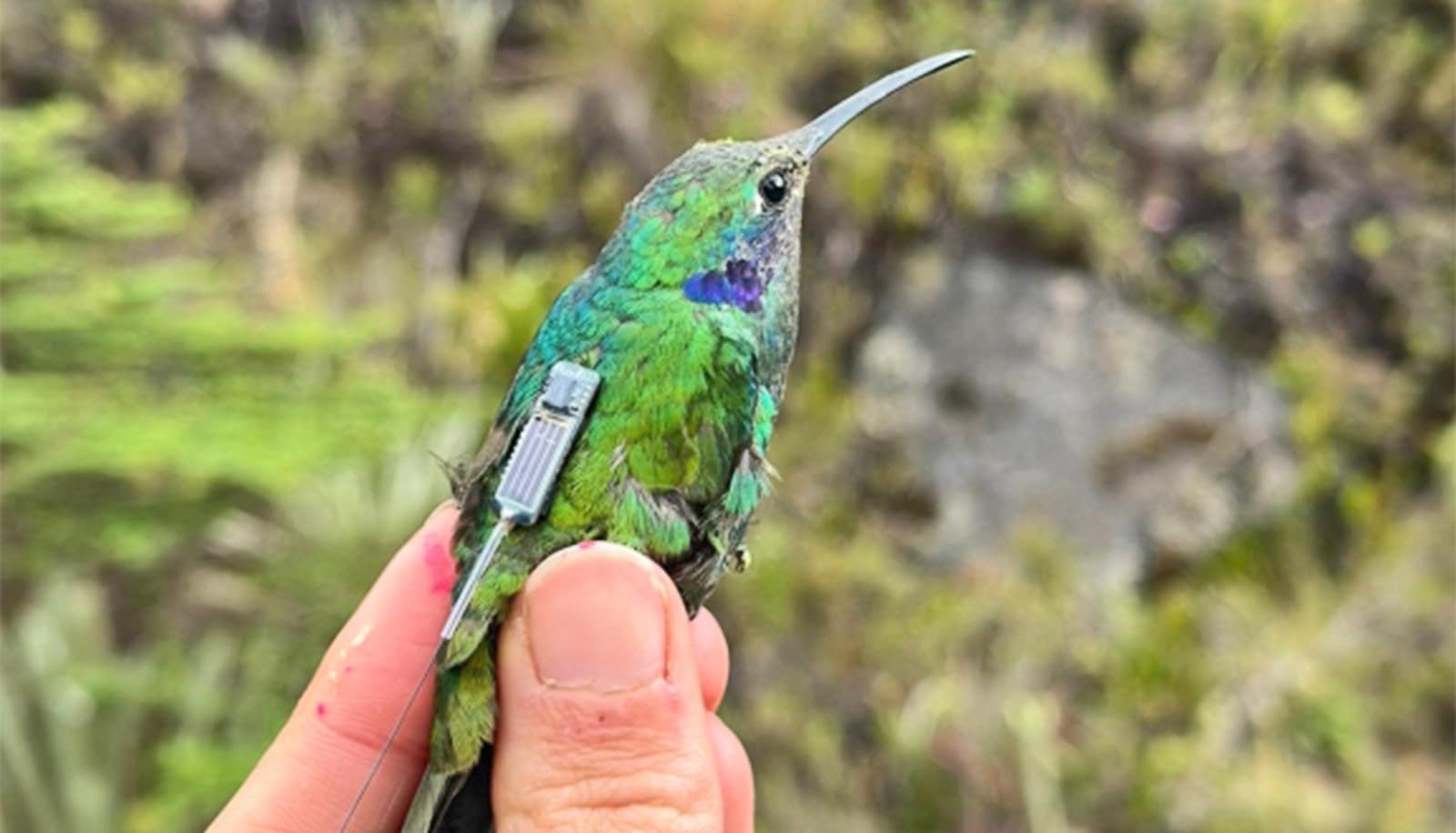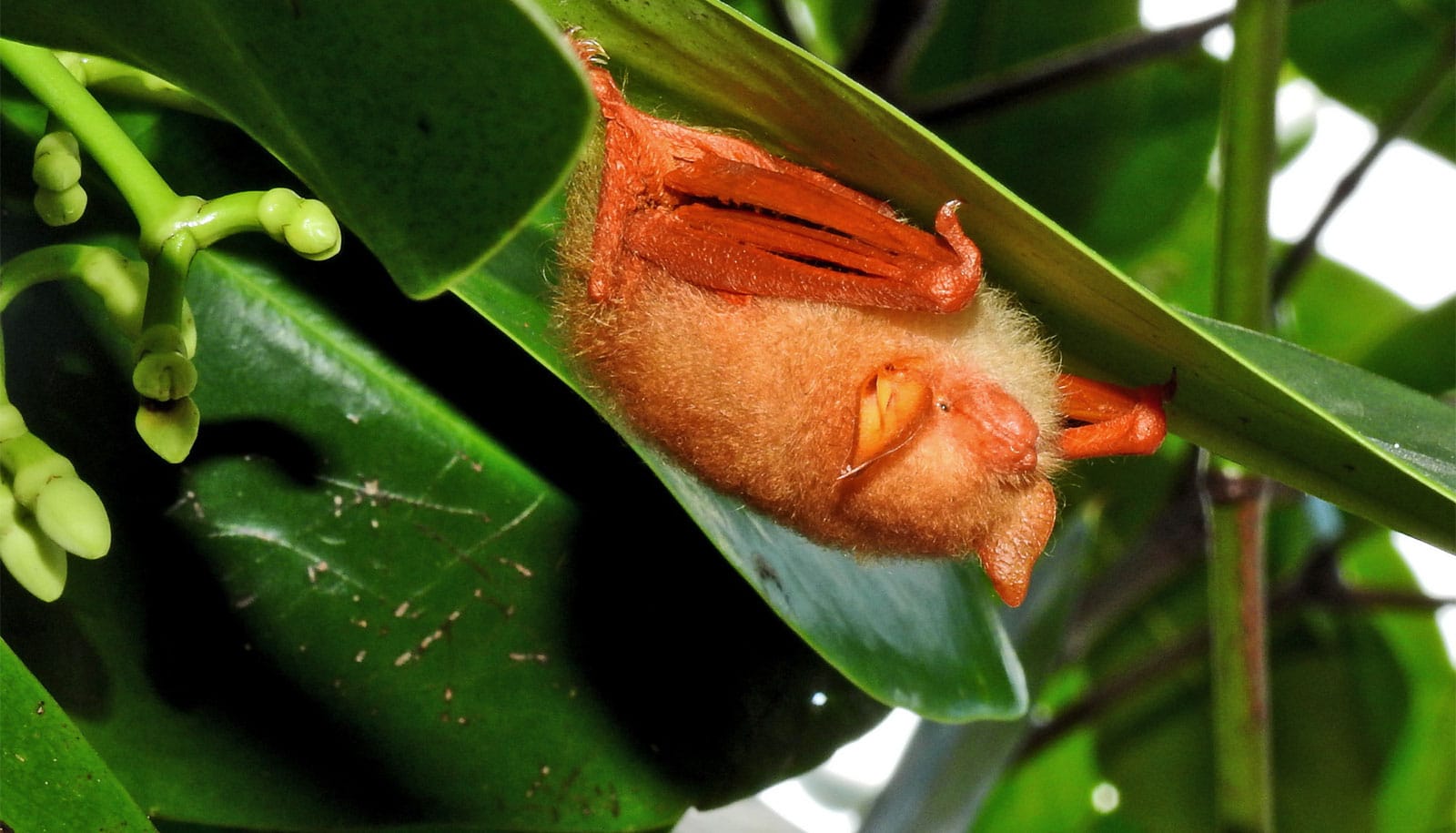Toxic chemicals in the environment that accumulate in the tissues of birds, fish, and other animals have been a concern for decades. A new study with bald eagles suggests that’s only part of the story.
Scientists discovered that chemicals used in flame retardants, plasticizers, and other commercial products are broken down through the process of metabolism into other compounds. But not enough is currently known about the dangers posed by those compounds, known as metabolites, they say.
“Most of these flame retardants and related chemicals can be readily metabolized,” says Marta Venier, a scientist in the School of Public and Environmental Affairs at Indiana University and one of the authors of the study, which appears in Environmental Science & Technology.
“The issue here is that, in some cases, the metabolites can be more toxic than the parent compounds.”
Researchers measured metabolites of flame retardants in bald eagle eggs in the Great Lakes region, focusing on “alternative” flame retardants introduced after it was discovered that earlier generations of the chemicals were persisting in the environment, causing health and environmental concerns.
In recent years, these alternative flame retardants have also been found in the environment. But when researchers looked for the flame retardants in eggs and serum of bald eagles , they found the compounds in low concentrations or not at all.
One possibility was that the eagles weren’t absorbing the chemicals from their food and environmental exposure.
But the researchers hypothesized that, instead, they were metabolizing the compounds so that only low concentrations of the parent compounds were passed on to the eggs that the birds laid. Using sophisticated chemical analysis, they determined that’s what was happening.
“The results confirmed our hypothesis,” Venier says. “Some of these compounds are not found in high concentrations because they get metabolized.”
Banned flame retardants show up in new babies
Venier says scientists don’t know a lot about the toxicity of the alternative flame retardants, and they know even less about the toxicity of their metabolites. In one test involving chicken embryos, not part of the IU research, exposure to the primary metabolite of an alternative flame retardant altered three times as many genes as exposure to the parent compound.
For the new study, researchers examined samples from 21 bald eagle eggs that failed to hatch. The eggs were collected between 2000 and 2012 in a monitoring project called the Michigan Bald Eagle Biosentinel Program.
Estrogens from wastewater linger in vernal pools
Bald eagles can serve as “sentinel species” that provide warnings about environmental dangers to humans and other organisms, Venier says. They are at the top of the food chain, feeding on fish and waterfowl, making them susceptible to exposure to chemicals that persist in the environment.
Formerly listed as an endangered species, in part because of the effects of the pesticide DDT in the environment, bald eagles are now increasing in number. But exposure to flame retardants and other pollutant chemicals could slow their recovery, researchers warn.
Other coauthors are from the University of Maryland, College Park.
Source: Indiana University



